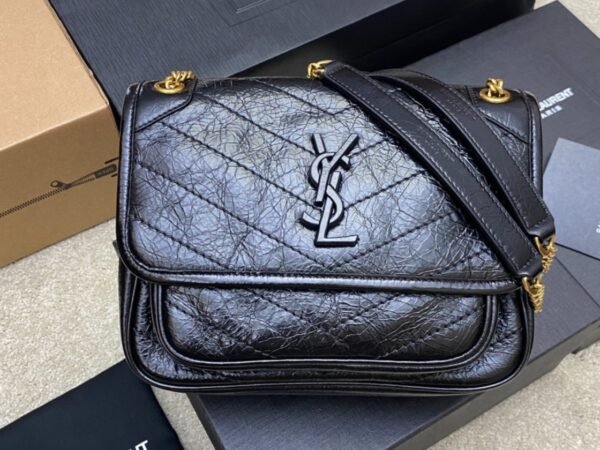Getting a favorite piece of jewelry repaired is a smart way to extend its life and keep it looking beautiful. But once your necklace, ring, or bracelet has been restored, the next step is just as important—proper maintenance. Whether you’ve had a clasp fixed or a gemstone re-secured, knowing how to care for your jewelry after a repair ensures it stays in excellent condition for years to come. Here are simple, practical tips to help protect your jewelry investment after a professional repair.
1. Let the Repair Settle Before Wearing It
After a Jewelry repair, wait at least 24 hours before wearing, especially if adhesives, soldering, or resizing are involved. This allows time for: Glues or bonding agents to fully cure
Metals to cool and harden properly
Chains or clasps to regain complete flexibility
Even though it looks ready, giving your jewelry a little rest helps it settle without strain.
2. Clean Gently—Don’t Scrub
It’s essential to keep your jewelry clean, but be gentle—especially right after a repair. Use: Lukewarm water
Mild soap
A soft brush or microfiber cloth
Avoid: Harsh chemicals (bleach, ammonia)
Abrasive tools like toothbrushes with stiff bristles
Ultrasonic cleaners, unless approved by a jeweler
This is particularly important if your piece contains delicate stones or recently reattached settings.
3. Store It Properly
Proper storage prevents tangling, scratching, and exposure to moisture. After repair: Store each piece separately in a soft pouch or lined box
Keep chains untangled by hanging them or using compartments.
Avoid leaving jewelry in bathrooms, where humidity can accelerate tarnishing.
For silver or gold jewelry, consider anti-tarnish strips or silica gel packs in your storage case.
4. Limit Exposure to Harsh Conditions
To maintain the integrity of the repair, remove your jewelry during: Showering or swimming
Cleaning with household products
Intense physical activity (e.g., workouts, gardening, heavy lifting)
Applying lotions, perfumes, or hair sprays
These activities can loosen stones and dull finishes, causing newly repaired parts to wear down quickly.
5. Schedule Routine Checkups
Jewelry doesn’t just break all at once—problems build up over time. That’s why a quick inspection every few months can catch issues early. Ask your jeweler to: Check prongs, settings, and clasps
Inspect solder points and links.
Clean your pieces professionally.
Routine maintenance ensures that a minor fix doesn’t turn into a major repair later.
6. Know When to Take It Off
Even well-repaired jewelry has limits. If you’ve had a chain re-soldered or a stone reset, avoid stress that might reopen the repaired spot. Remove your jewelry when: Sleeping
Lifting or pushing heavy items
Doing activities that involve repetitive hand motions (like typing for long hours with rings on)
Treat the piece as delicate—even if it feels firm.
7. Keep a Repair Record
Keep a note or receipt of the following: What was repaired
When it was done
The materials used (e.g., type of solder, gemstone replacements)
This record helps your jeweler understand the piece’s history should you require further work in the future. It also adds value if the jewelry is vintage or heirloom.
Final Thoughts: Care Helps Repairs Last Longer
A professional repair can breathe new life into your favorite jewelry—but how you treat it afterward determines how long that repair lasts. Simple habits, such as gentle cleaning, innovative storage, and occasional checkups, can make a significant difference. Think of jewelry repair as a second chance for your favorite pieces—one that’s worth protecting with just a bit of daily care.
FAQs
Q1: Can I wear repaired jewelry every day?
Yes, but avoid high-stress activities. Give extra attention to recently repaired areas to ensure durability.
Q2: Is it okay to clean repaired jewelry with toothpaste or baking soda?
No. These are too abrasive and can damage finishes or loosen stones. Use mild soap and water instead.
Q3: How often should I get my jewelry inspected after a repair?
Every 3 to 6 months is ideal, especially for items with prongs, hinges, or moving parts.
Q4: What if the same piece breaks again?
Take it back to your jeweler with the original repair record. Reputable jewelers often offer warranties or discounts on repeat repairs.
Do Read: The Ultimate Guide to Diamond Jewelry for Every Skin Tone













